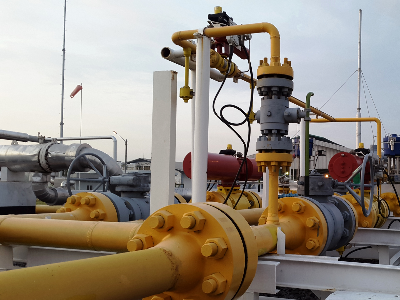Product Detail
x
GAS COOLER
Many people think of natural gas as a source of heat for warming a building. But, natural gas can and is used to provide cooling and refrigeration. There are several types of gas cooling system:
Absorption – uses a cycle of condensation and evaporation to produce a cooling effect. The advantages of absorption systems are:
- Produces both chilled and hot water.
- Ability to recover waste heat.
- Eliminates electrical demand charges.
- Requires a smaller electical service.
Engine Driven Chillers – very similar in principal to electric motor driven chillers. The advantages of engine driven chillers systems are:
- Uses conventional vapor compression cycle.
- Ability to recover waste heat.
- Eliminates electrical demand charges.
- Requires a smaller electical service.
Hybrid HVAC systems are available that utilize different energy sources to take advantage of the best technology and of favorable energy pricing during 24-hour, 365-day-a-year operations. Chiller plants with gas/electric combinations are the most common.
Desiccant Dehumidification Systems – used in many applications where moisture can be a problem. Desiccants cool the air by reducing the humidity. In turn the cooling system does not work as hard to cool the air. The advantages of a desiccant dehumidification system are:
- Controls humidity in conditioned space and reduces latent load on the air conditioning system.
- Improves comfort level in the conditioned space.
- Reduces electric demand charges.
- Reduces CFC’s found in conventional air conditioning systems.
Usually the initial cost of a gas cooling system is higher than that of a comparably-sized electric system, a gas system’s payback can be attractive. This is due to gas being lower priced in the summer resulting in the avoidance of high electric demand charges.






